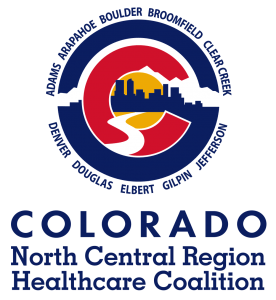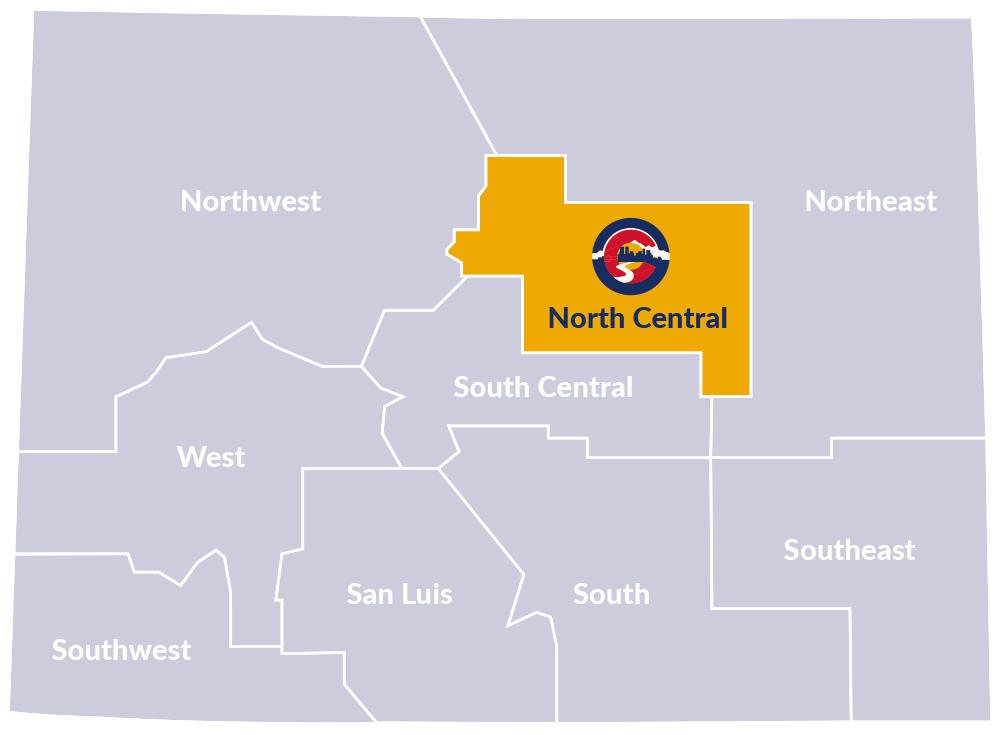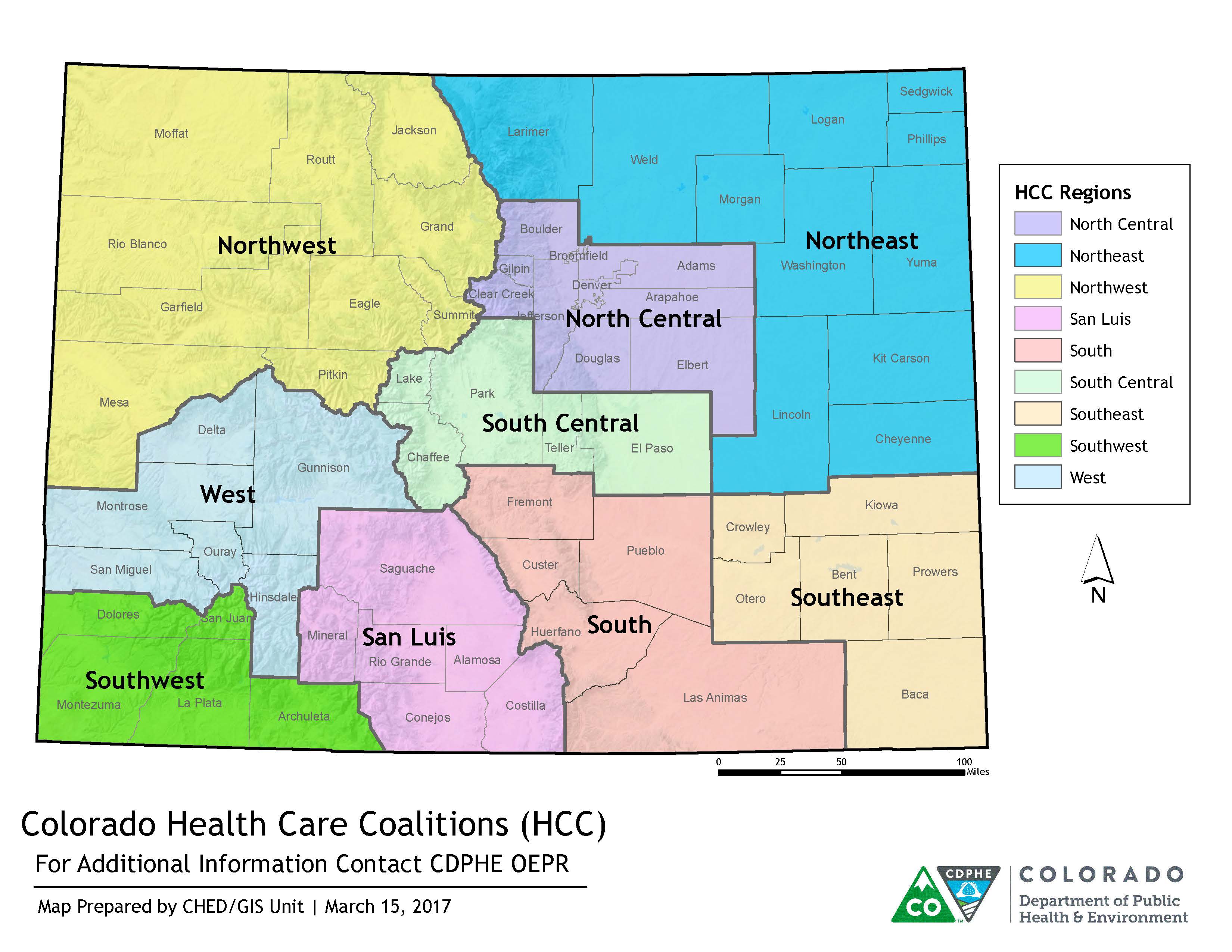
History of Healthcare Coalitions
The origination of healthcare coalitions, and the associated Hospital Preparedness Program (HPP), can be traced back to the events of September 11, 2001 and the subsequent anthrax attacks later that same year. These events highlighted the lack of preparedness for bioterrorist attacks in the U.S. In 2002, in an effort to address these gaps at the hospital level, the HPP was created. This new Federal program provided funding to states to build capacity around activities associated with decontamination, pharmaceutical caches, hospital bed surge capacity, and training.
In 2004, the emphasis of the program shifted to an all-hazards approach and put a greater emphasis on hospitals to demonstrate their ability to perform functions associated with all types of responses.
Today, healthcare coalitions continue to function with an emphasis on an all-hazards approach. Over the years, the primary activities and membership has evolved, but the core mission has remained the same: to enable the healthcare delivery system to save lives during emergencies and disaster events that exceed the day-to-day capacity and capability of existing health and emergency response systems.
For additional information on the Department of Health and Human Services (HHS) and Office of the Assistant Secretary for Preparedness and Response (ASPR)’s Hospital Preparedness Program, please view this brief video highlighting the last 15 years of the HPP initiative:
Development of the North Central Region Healthcare Coalition
Healthcare coalitions in the State of Colorado have been in existence since the inception of the HPP but, in 2017, they underwent a significant change due to a number of federal and local initiatives to shift the focus of preparedness efforts to the regional level. The North Central Region Healthcare Coalition (NCR HCC) came into existence as a result of this 2017 restructuring initiative. The new boundaries for Colorado’s coalitions were developed to better align healthcare coalitions with Colorado’s All-Hazards Emergency Management Regions, in an effort to support regional initiatives and the development of a Regional Healthcare Disaster Response System (RHDRS). This restructuring initiative reduced the number of healthcare coalitions in Colorado down to 9 from just over 30 in 2016.
As a result of this regional directive, the existing coalitions within the North Central Region were consolidated into the new North Central Region Healthcare Coalition (NCR HCC). The boundaries of this regional coalition were drawn to follow the North Central All-Hazards Emergency Management Region (NCR), which includes the following Colorado counties: Adams, Arapahoe, Boulder, Broomfield, Clear Creek, Denver, Douglas, Elbert, Gilpin, and Jefferson.
The NCR HCC brings together diverse healthcare organizations within the ten county geographic region to foster communication and coordination. This collaborative approach facilitates a more effective and efficient response within the healthcare system, while preserving pre-existing collaborative efforts and maintaining the official command and control structure authorized by state and local emergency management.
The North Central Region Healthcare Coalition partners with Trailhead Institute, a local non-profit organization which focuses on advancing innovation and collaboration in public and environmental health, to provide fiscal management and oversight.
Additional information on the development, structure, activities, governance, and sustainment of the NCR HCC can be found in the North Central Region HCC Member Guide
Demographics and Resources
The ten-county North Central Region spans roughly 7,000 square miles of both urban and rural geography and has a population of just under 3.3 million people. Although the region does include a number of mountain and plains communities, it is largely comprised of densely populated metropolitan cities.
Due to the population density, and inclusion of a number of large urban cities within the NCR boundaries, health and medical resources, including those that go beyond the traditional hospital and pre-hospital services, are abundant. There are a total of 28 acute care hospitals spread across seven of the ten counties – all are located in urban areas with the vast majority belonging to one of four corporate health systems that exist within the region. The NCR is also home to number of Emergency Medical Service (EMS) agencies that are spread both throughout the urban and rural areas, two Regional Emergency Medical and Trauma Advisory Councils (RETACS), and six Medical Reserve Corps (MRCs). Regional health and medical services and support entities that fall outside of those mentioned above include, but are not limited to: ancillary healthcare facilities (e.g., long-term care, hospice, surgical centers, etc.), outpatient clinics, community mental health centers, and volunteer organizations.
North Central Region Healthcare Coalition Chapters
In an effort to better facilitate effective and efficient planning within such a dense and diverse region, the NCR HCC is broken down into three chapters: Boulder Health and Medical Response Partnership (HAMR) Chapter, Metro Foothills Healthcare Coalition (MFHCC) Chapter, and Tri-County Healthcare Coalition Chapter. Each chapter is delineated by county lines and is aligned with supporting emergency management systems (e.g., Emergency Support Function 8, Office of Emergency Management, Health and Medical Branch, etc.). This structure allows for more localized planning amongst those partners that will likely be involved in the initial response, while still focusing on the broader NCR HCC regional initiatives.
Please see the NCR HCC Chapter page for additional information the coalition’s three chapters.
“Enhancing regional health and medical preparedness, response, and recovery capabilities throughout Colorado’s North Central Region.”
GOVERNANCE BOARD
The NCR HCC is governed by a cross-disciplinary elected group of representatives that serve on the NCR HCC Governance Board. The Governance Board was established to provide guidance and strategic direction to the NCR HCC. It functions as an advisory board, ensuring that operational capabilities, scope of work requirements (as directed by the Colorado Department of Public Health and Environment and the Assistant Secretary for Preparedness and Response), and allocation of resources align with the strategic goals and objectives of the coalition. The Governance Board also works to ensure that plans, trainings, and exercise activities conform to guidelines issued by ASPR and the National Response Framework.
The NCR HCC Governance Board includes elected representatives from: hospitals, emergency management, public health, emergency medical services, behavioral health, ambulatory care, community health clinics, and long term care. The Governance Board currently meets monthly, and all meetings are open to NCR HCC members.
NCR HCC CHAPTERS
In an effort to better facilitate effective and efficient planning within such a dense and diverse region, the NCR HCC has been broken down into three chapters: Boulder Health and Medical Response Partnership (HAMR) Chapter, Metro Foothills Healthcare Coalition (MFHCC) Chapter, and Metro High Plains Healthcare Coalition Chapter. Each chapter is delineated by county lines and aligns with member ESF 8 or comparable health and medical branch system(s). This allows for more localized planning amongst those partners that will likely be involved in the initial response, while still putting energy toward the broader NCR HCC regional initiatives being supported through the strategic guidance of the NCR HCC Governance Board.

NCR HCC Chapters and Associated Counties
Boulder Health and Medical Response Partnership (HAMR) Chapter:
- Boulder County
Metro Foothills Healthcare Coalition (MFHCC) Chapter:
- Broomfield County
- Clear Creek County
- Denver County
- Gilpin County
- Jefferson County
Metro High Plains Healthcare Coalition Chapter:
- Adams County
- Arapahoe County
- Douglas County
- Elbert County
MEMBERS AND PARTNERS
Member designation plays an integral role in healthcare coalition development and planning initiatives. The North Central Region Healthcare Coalition strives for membership that is inclusive and representative of the system in which the coalition and its members operate as diversity within the healthcare coalition promotes an integrated community response and serves to strengthen the healthcare system as a whole.
The NCR HCC places a strong emphasis on engaging all regional partners within the healthcare system continuum. This includes representation from the four core disciplines as outlined by the Assistant Secretary for Preparedness and Response (ASPR):
- Emergency Management
- Emergency Medical Services
- Hospitals
- Public Health
In addition, the coalition has strong participation from additional key members within the health and medical response community including, but not limited to:
- Behavioral Health
- Ancillary Healthcare (e.g., long-term care, dialysis, skilled nursing, etc.)
- Community Health Centers
- Volunteer Organizations (e.g., American Red Cross, voluntary organizations active in disaster, etc.)
In an effort to further promote collaboration, the NCR HCC has strong relationships with state emergency preparedness and response partners, including: Colorado Department of Public Health and Environment (CDPHE), North Central Region All-Hazards Emergency Management (NCR), Urban Areas Security Initiative (UASI), and the Colorado Division of Homeland Security and Emergency Management (DHSEM).
Membership is free and open to any and all health and medical partners within the region, including those that support the health and medical field. If you are interested in becoming a member, please complete the “Get Involved” contact form.

